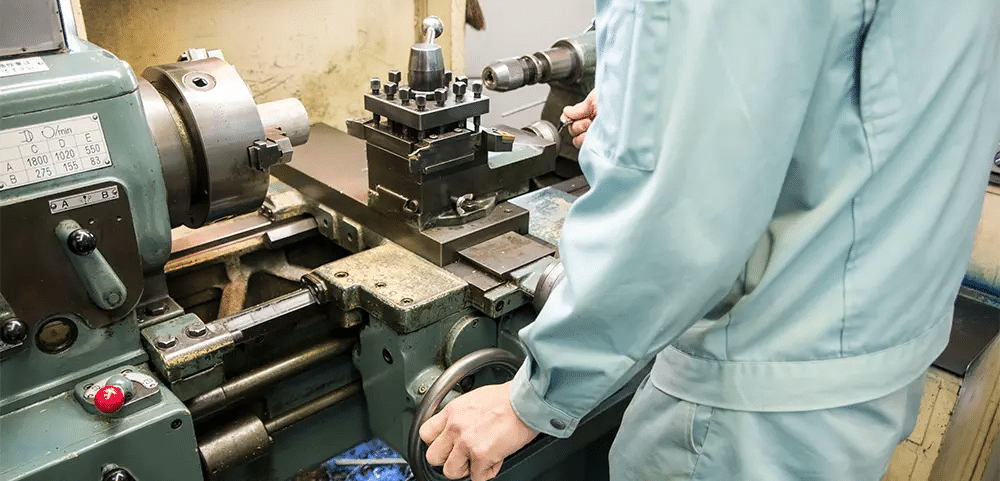In the realm of construction and architecture, precision, quality, and safety stand as paramount concerns. Among the multifaceted processes that ensure these attributes, lathing inspection emerges as a crucial step. Lathing, a technique involving the installation of a supportive framework known as lath, serves as a foundation for plaster, stucco, and other wall finishes. A lathing inspection, therefore, plays an integral role in guaranteeing the structural integrity and aesthetic appeal of a building. In this comprehensive article, we discuss the intricacies of lathing inspection, exploring its significance, procedural aspects, and its broader contribution to the construction industry.

The Significance of Lathing Inspection
Here we discuss the profound significance of lathing inspection, shedding light on its multifaceted contributions to structural stability and craftsmanship quality:
Structural Integrity
At the heart of any construction project lies the necessity to create a stable and enduring structure. The lath, a lattice-like framework typically made of wood or metal, serves as the canvas upon which the finishing layers are applied. A comprehensive lathing inspection ensures that the lath is securely fastened to the underlying structure, thereby providing the essential support for the final surface. Any weaknesses or inadequacies in the lath can lead to compromised structural integrity, potentially resulting in cracks, sagging, or even catastrophic collapses over time.
Quality Assurance
In the realm of construction, quality is not merely an aspiration; it is an imperative. Lathing inspection forms a critical juncture where the quality of workmanship and materials is thoroughly assessed. From the correct installation of the lath to adherence to spacing guidelines, these inspections ensure that the lathing process aligns with industry standards. This, in turn, contributes to the longevity and overall performance of the wall finish that follows.
Preparing for Lathing Inspection
As construction projects progress towards their final stages, meticulous preparation becomes paramount to ensure that every element aligns with industry standards and regulatory requirements. Lathing, a foundational step in the construction process, holds a critical role in supporting wall finishes and overall structural integrity. This section elucidates the essential aspects of preparing for a lathing inspection, highlighting the significance of adherence to codes, materials selection, and procedural readiness.
Materials and Tools
Prior to the commencement of lathing, an array of materials and tools are required. These include lath sheets, fasteners (such as nails or screws), appropriate adhesives, measuring instruments, and cutting tools. Understanding the characteristics and specifications of these components is crucial for a successful lathing inspection.
Compliance with Codes and Regulations
Construction practices are bound by codes and regulations set forth by local, regional, and national authorities. Ensuring compliance with these standards is of paramount importance to avoid legal repercussions and to uphold safety. A pre-inspection review of the lath installation in light of these codes is essential.
Lathing Inspection Process
Now we meticulously details the various phases of the lathing inspection process, from pre-inspection preparation to documentation, emphasizing the significance of precision, adherence to standards, and the pursuit of construction excellence.
Pre-Inspection Preparation
Prior to the formal inspection, preparatory steps must be meticulously executed. This includes verifying the alignment of the lath, confirming the appropriate fastener type and spacing, and ensuring the lath is properly integrated with any existing structures or reinforcements.
Inspection Protocols
The inspection process involves a series of systematic protocols. An inspector evaluates the lath installation by assessing factors such as fastener penetration depth, spacing, alignment, and overall stability. Special attention is paid to corners, edges, and intersections, as these are vulnerable areas prone to failure if not properly secured.
Documentation and Reporting
Thorough documentation is a cornerstone of effective lathing inspection. Inspectors maintain records detailing their findings, including photographs that highlight areas of concern. This documentation not only serves as a reference for future stages of construction but also becomes invaluable in case of disputes or legal matters.
Common Challenges and Remedies
Here are the common challenges encountered during lathing inspection, shedding light on effective strategies for remediation and ensuring that the lath installation aligns with industry standards.
Inadequate Fastening
One of the most common issues encountered during lathing inspection is inadequate fastening. This can lead to lath detachment over time, compromising the stability of the entire wall finish. Proper training of construction personnel and clear guidelines on fastener type and spacing can help mitigate this challenge.
Uneven Lath Alignment
Uneven lath alignment can result in an irregular final surface, affecting the aesthetics of the wall finish. Stringent quality control measures during installation, including the use of straight-edge guides and alignment tools, can help ensure uniformity.
Lack of Integration with Existing Structures
When integrating lath with existing structures, improper execution can lead to weak points that are susceptible to failure. Thorough assessment of compatibility and strategic reinforcement can address this concern effectively.
The Role of Technology in Lathing Inspection
Lathing inspection is crucial to ensure that the manufactured parts meet the required specifications and quality standards. Here’s how technology influences lathing inspection:
3D Imaging and Modeling
Modern technology has introduced innovative tools such as 3D imaging and modeling. These technologies allow inspectors to visualize the lathing structure in unprecedented detail, identifying potential issues that might not be immediately visible to the naked eye.
Drones and Aerial Inspection
Drones equipped with high-resolution cameras are revolutionizing the inspection process. Aerial surveys provide a comprehensive overview of lathing installations, enabling inspectors to identify deficiencies that might be obscured from ground-level perspectives.
In the intricate tapestry of construction, the lathing inspection serves as a pivotal thread that weaves together structural integrity, craftsmanship, and adherence to industry standards. This meticulous process is not a mere formality; it is a safeguard against the untold consequences of compromised construction. As the construction industry continues to evolve, embracing technological advancements and refined practices, the role of lathing inspection remains unwavering in its commitment to erecting buildings that stand the test of time, both in terms of form and function.